When William Conner and Josiah Polk platted the town of Noblesville in 1823, they probably had little idea that it would grow in the way it has. Areas that were planned for business became housing and even cemeteries. Farms that were then beyond the city limits became a part of downtown. Factories brought prosperity into the community, but also forced demographic shifts. New roads and bridges altered the flow of traffic, turning quiet neighborhoods into major thoroughfares.
Looking at Noblesville today, a person can often see how these changes flowed back and forth. With some knowledge about the historic eras and building styles, patterns become apparent. Federal and Greek Revival buildings are in the oldest sections of town – particularly along 8th Street, which was the main road into town for Noblesville’s first century. Queen Anne and Italianate style homes grandly line streets like Conner and Logan, where they were built by citizens made wealthy by the discovery of natural gas in 1887. The “outskirts” of central city have the newer homes – built for factory workers at the turn of the century or as a part of the post-World War II housing boom.

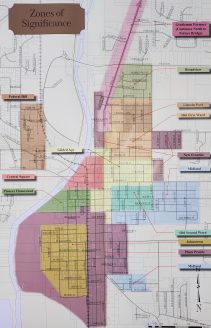
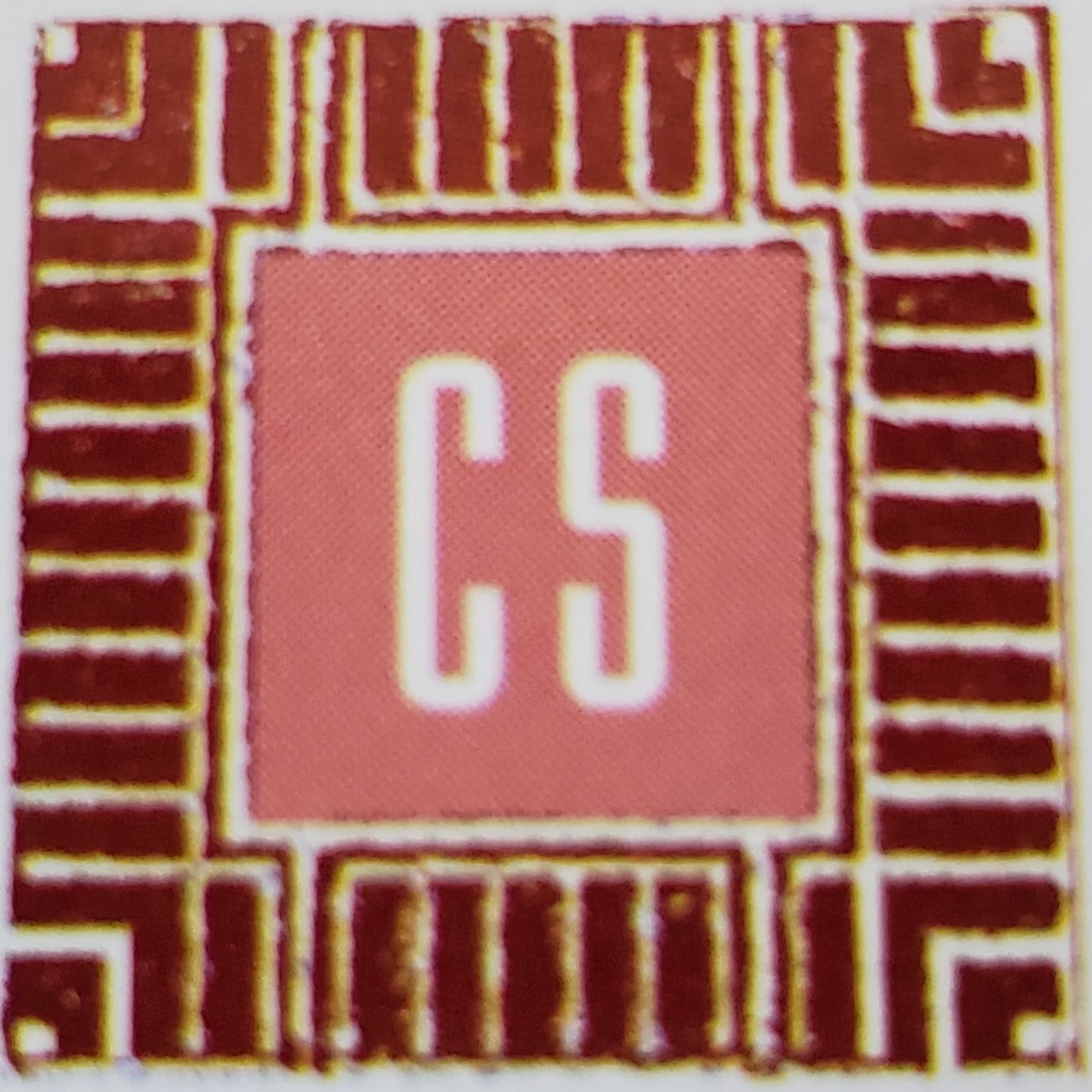
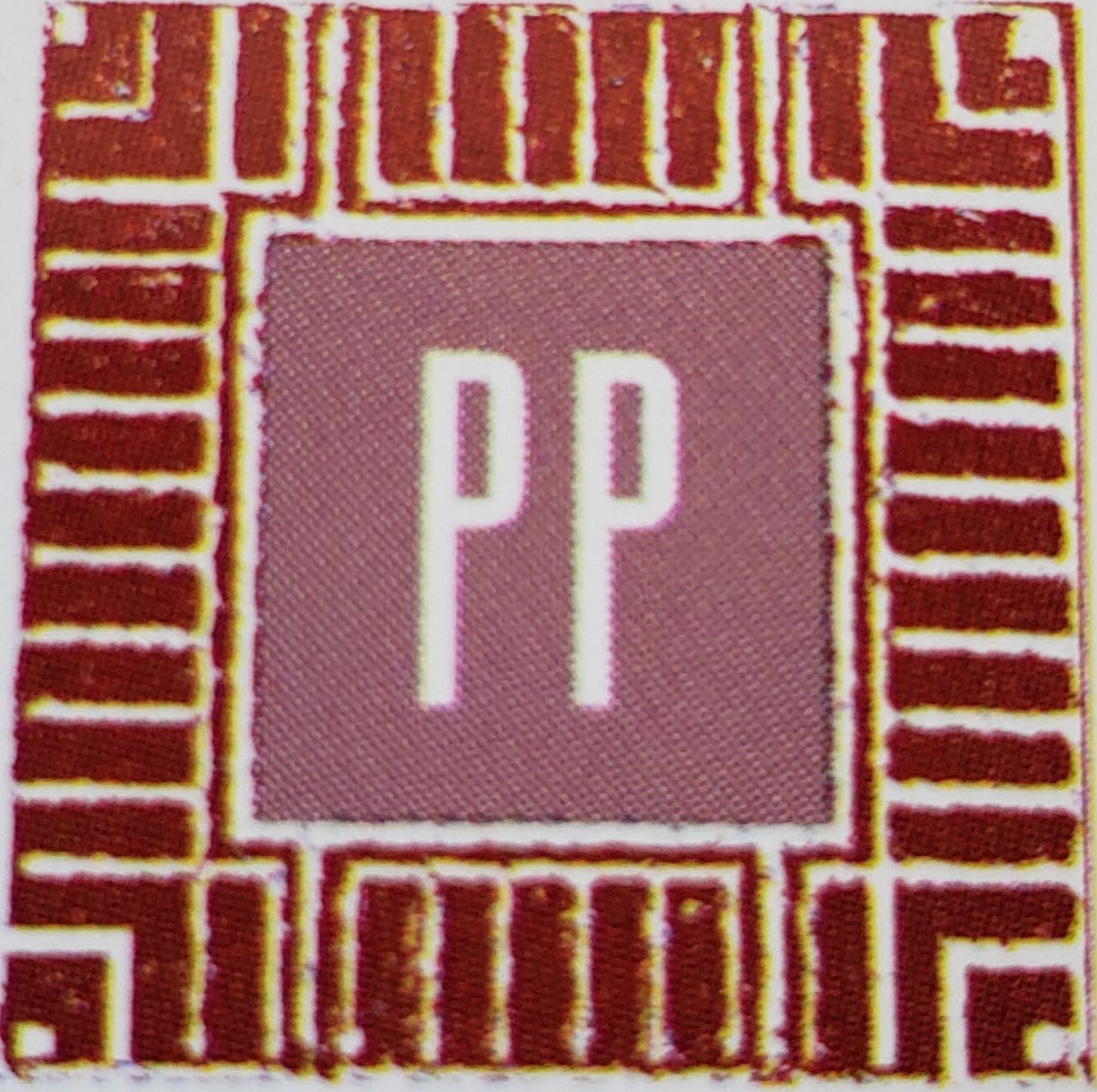
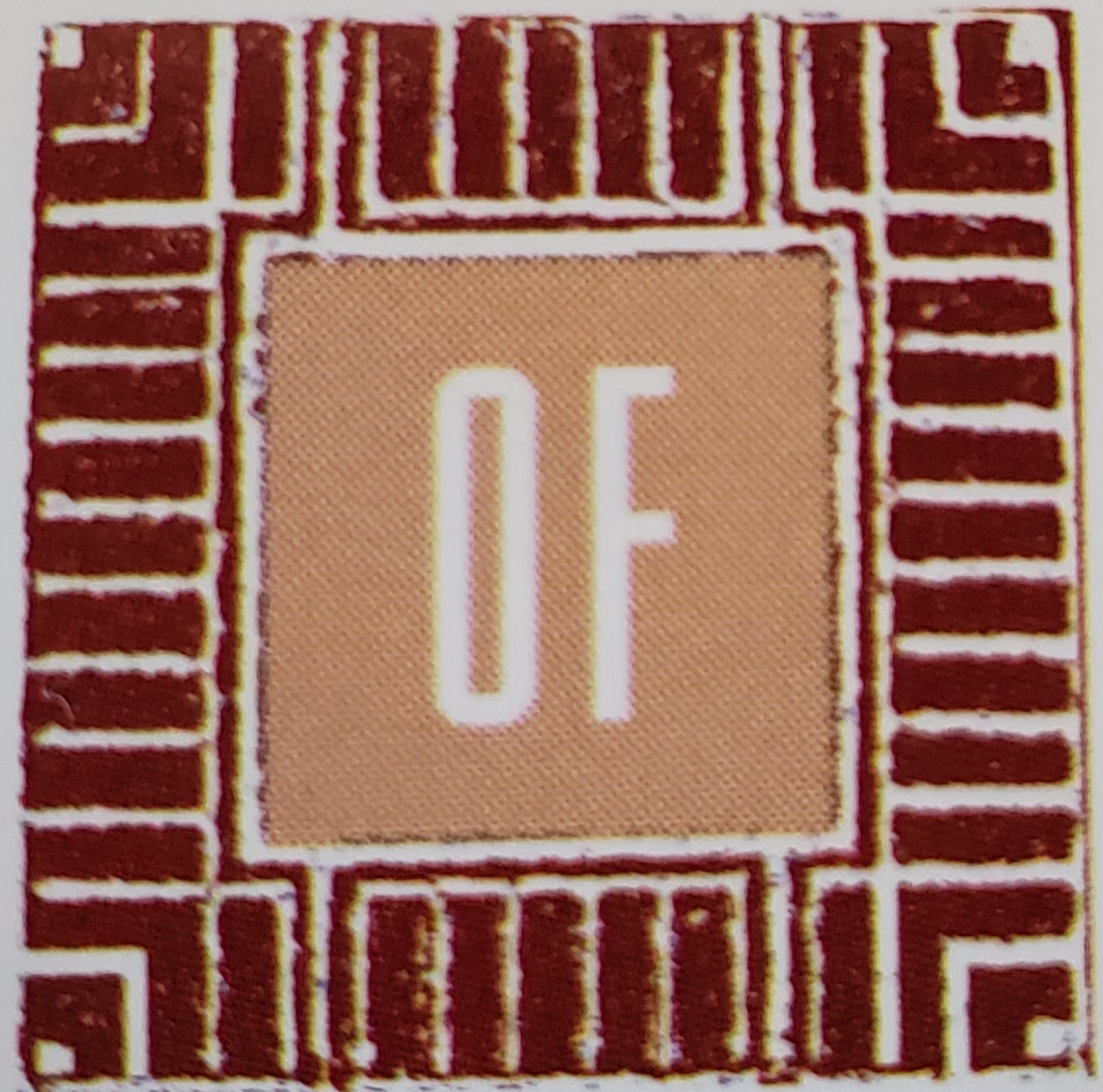
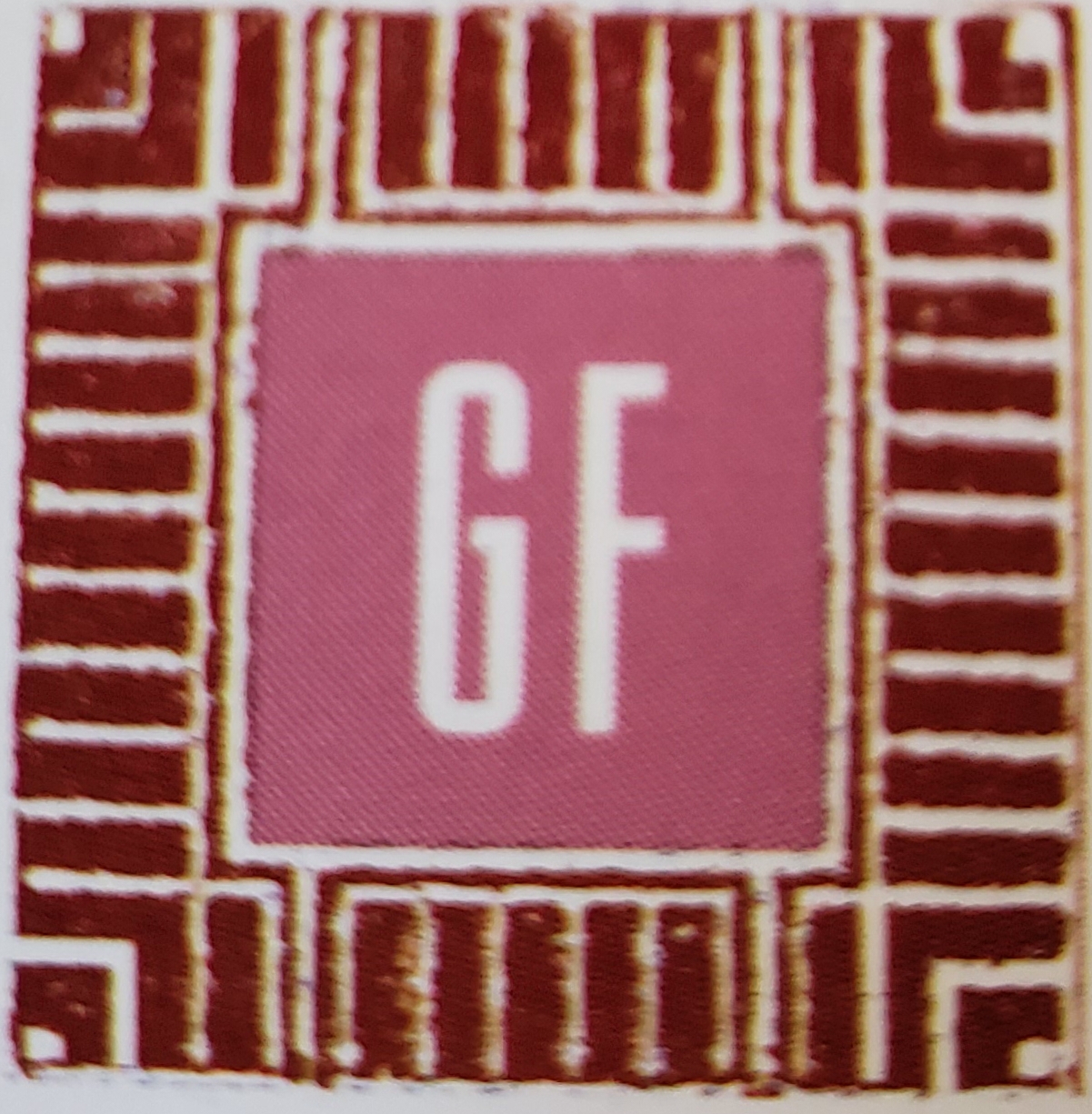
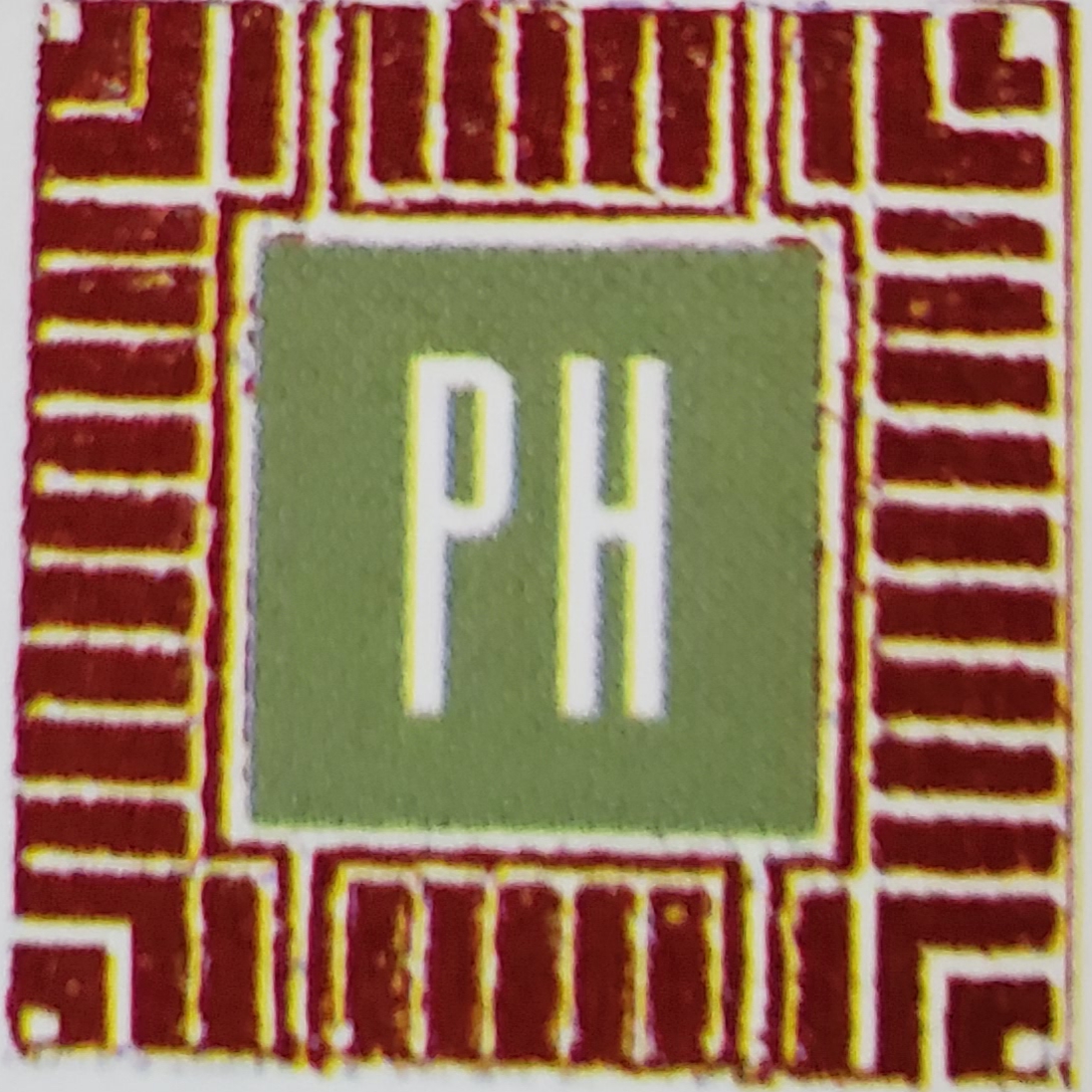
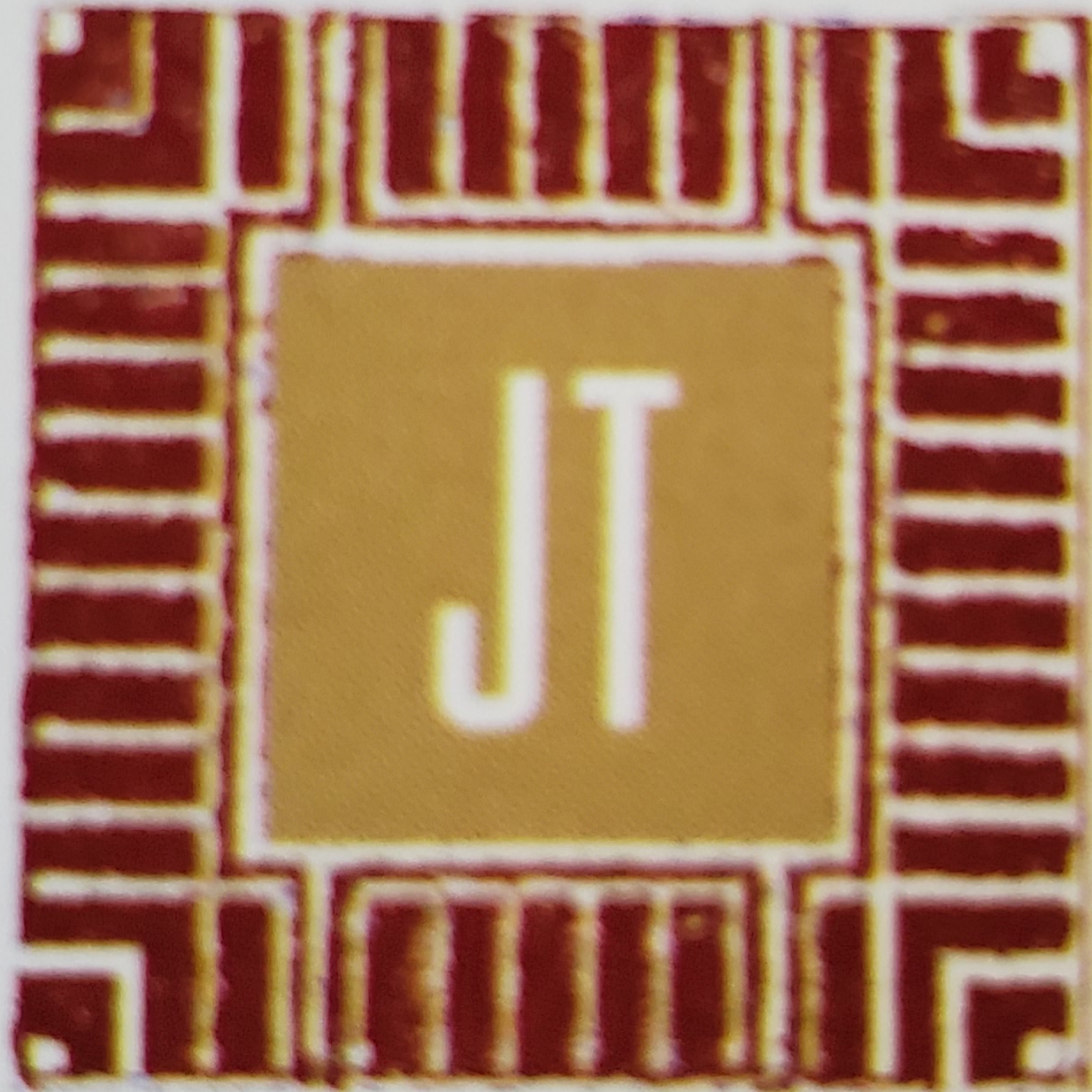
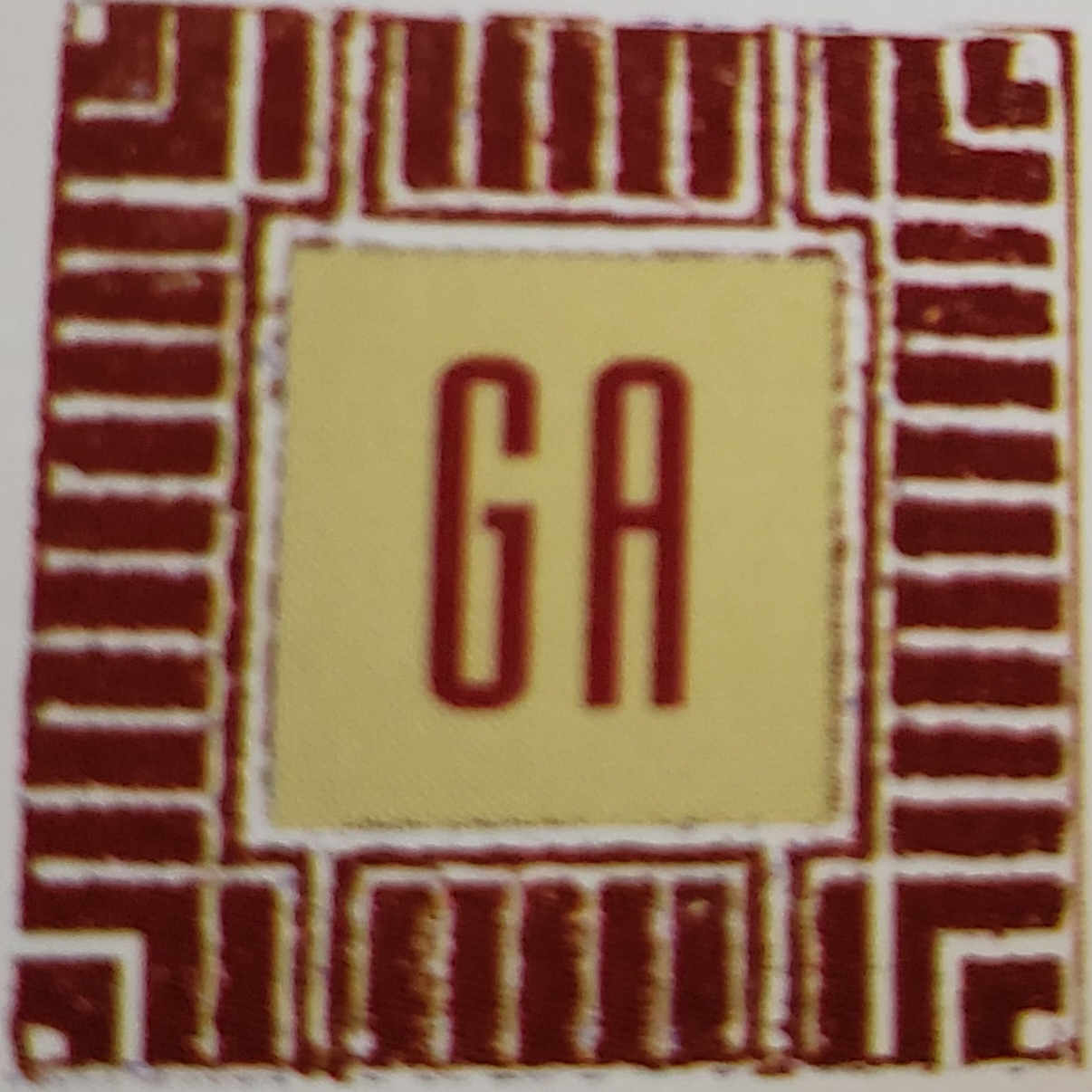
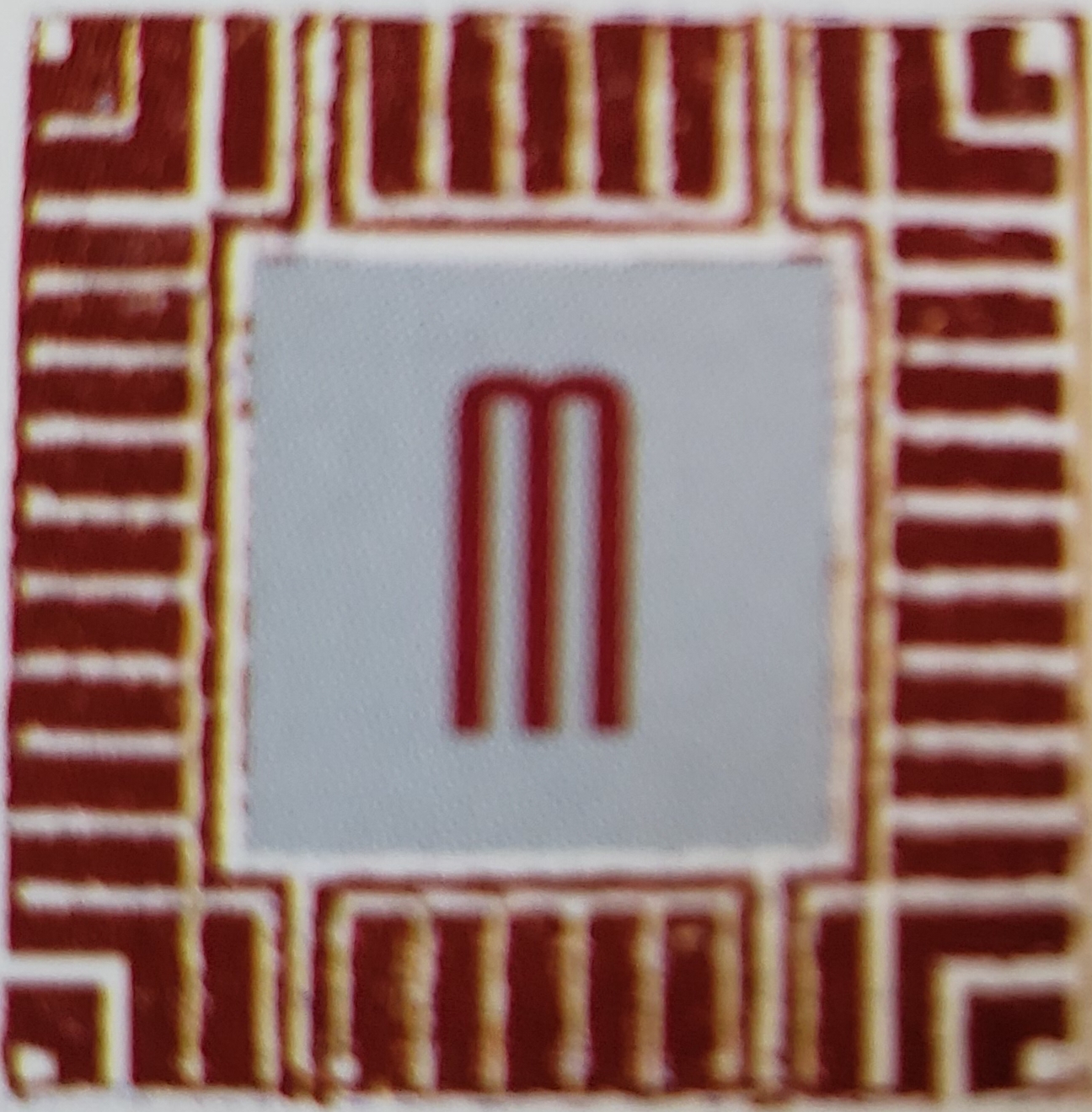




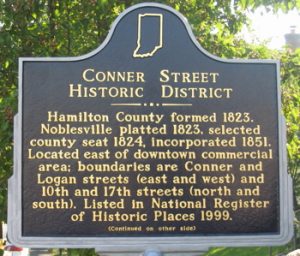 As population and social activity has increased through the years, the city has grown outward from its central core. Despite a drop during the first half of the 20th century, the city population in 2000 had grown to be almost equal to the population of the entire county in 1900. This growth, and socio-economic changes that it brought, have created a map of Noblesville that is as clear as anything drawn by a surveyor.
As population and social activity has increased through the years, the city has grown outward from its central core. Despite a drop during the first half of the 20th century, the city population in 2000 had grown to be almost equal to the population of the entire county in 1900. This growth, and socio-economic changes that it brought, have created a map of Noblesville that is as clear as anything drawn by a surveyor.